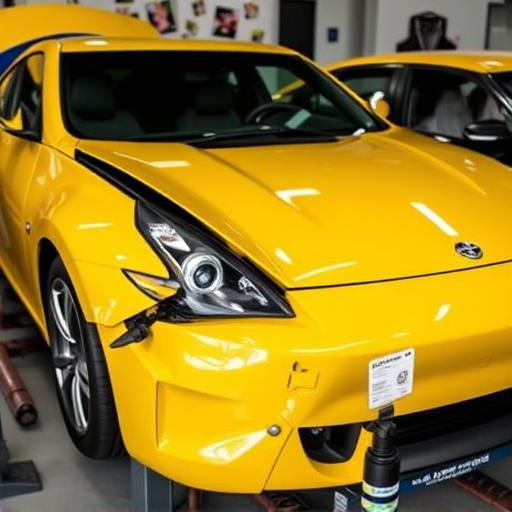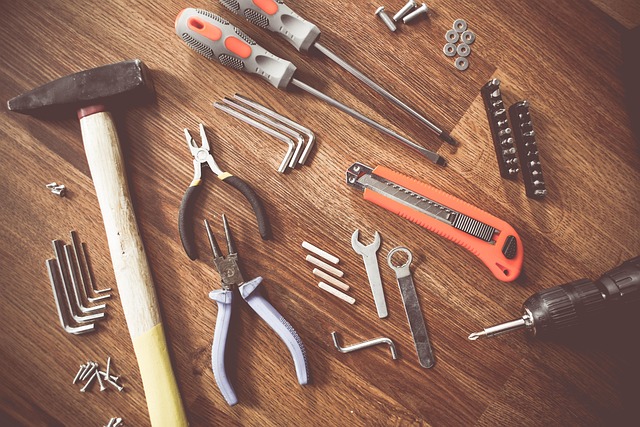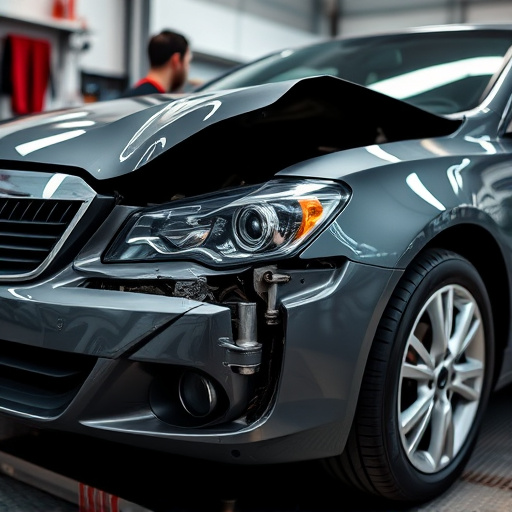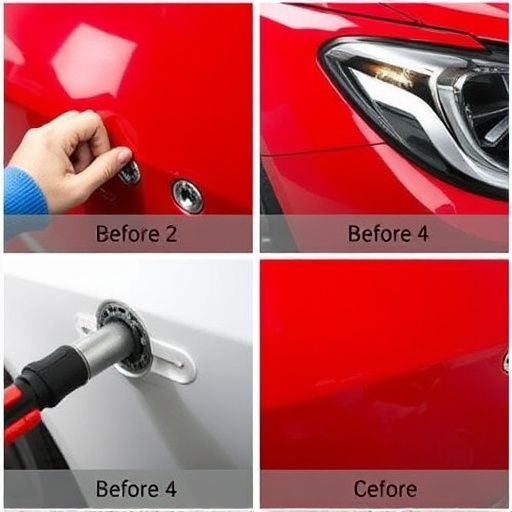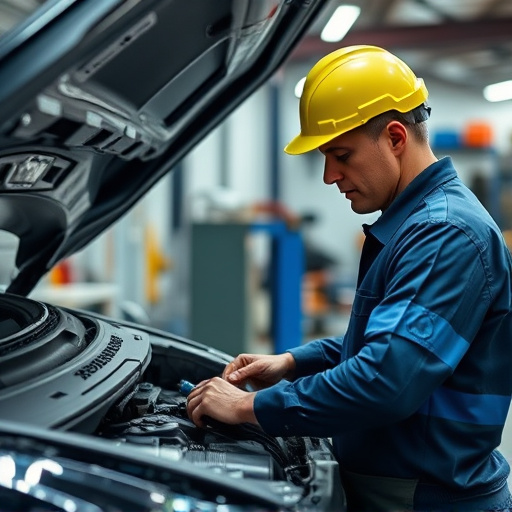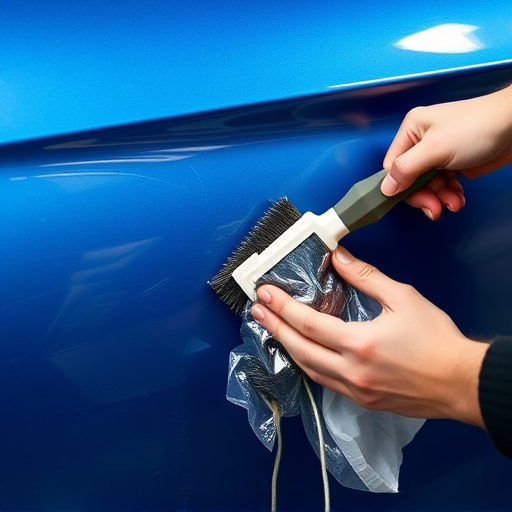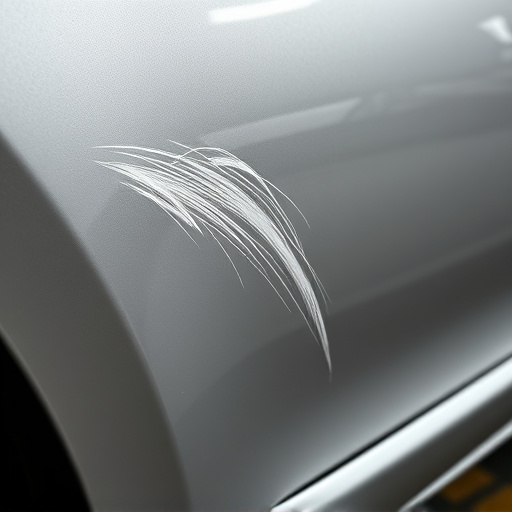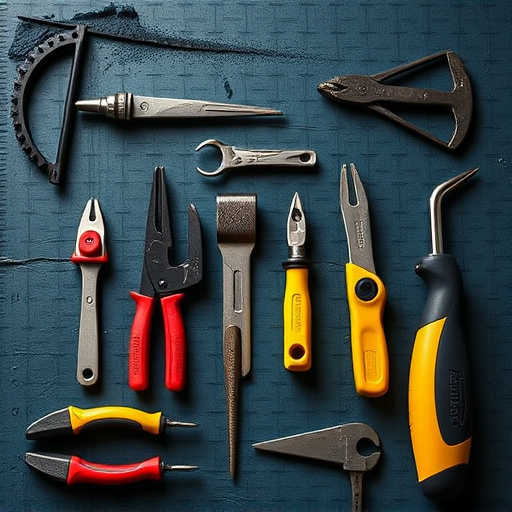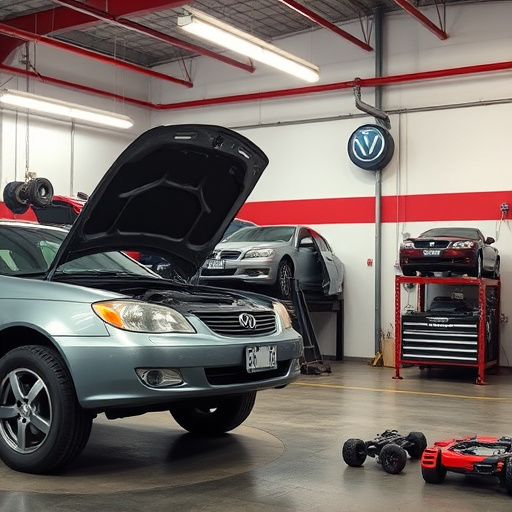Understanding denial reasons is key to appealing a repair request. Review and gather evidence, compare quotes, structure arguments, collect docs, submit within deadlines, and follow up proactively for successful navigation of the repair approval process.
“Facing a denial in the repair approval process can be frustrating, but appealing the decision is a viable option. This comprehensive guide navigates you through the steps of successfully appealing a repair denial. First, understand the reason behind the rejection by analyzing the provided justification and gathering supporting evidence. Next, craft a compelling appeal with a detailed explanation. Ensure timely submission and proactive follow-up to maximize your chances of a positive outcome. Streamline your journey towards repair approval.”
- Understand the Denial Reason: Analyze and Collect Evidence
- Prepare a Compelling Appeal: Write a Detailed Explanation
- Navigate the Appeal Process: Timely Submission and Follow-Up
Understand the Denial Reason: Analyze and Collect Evidence
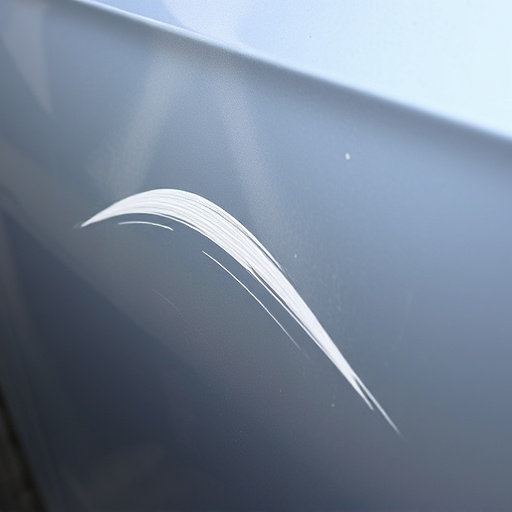
When your repair request is denied as part of the repair approval process, it’s crucial to understand why. The denial letter should outline the specific reasons behind the decision. Carefully read and analyze this information because understanding where your application fell short is the first step in appealing the denial effectively.
Collect evidence that supports your case for the requested repairs. If the denial was due to concerns about the quality of previous autobody repairs or auto painting, gather before-and-after photos and work records from reputable shops. For issues related to structural integrity, like misaligned panels in car body restoration, obtain expert evaluations and repair estimates. Having concrete evidence ready will strengthen your appeal and demonstrate that your initial request was valid.
Prepare a Compelling Appeal: Write a Detailed Explanation
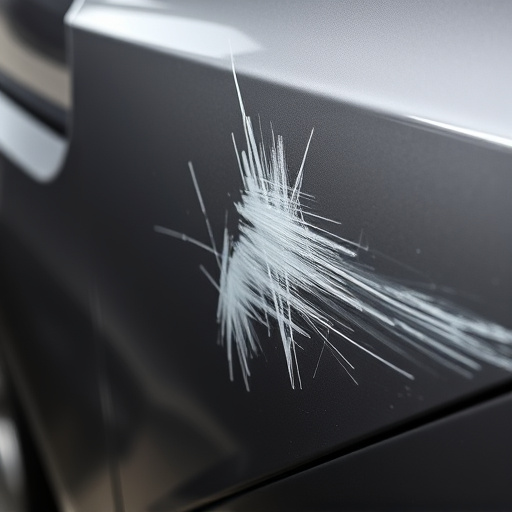
When preparing an appeal for a denial in the repair approval process, it’s crucial to craft a compelling argument that addresses the initial reasons for rejection. Start by thoroughly reviewing the denial notice, understanding the specific concerns raised by the approver. Write a detailed explanation that clearly articulates your position, backing it up with evidence relevant to the case. Include all necessary documentation, such as repair estimates, photos of the damage and before-and-after pictures once the fender repair or auto body services have been completed (if applicable).
For instance, if the denial was due to cost concerns over a proposed collision repair service, provide detailed breakdowns comparing your quoted prices against those from other reputable auto body shops. Demonstrate how the chosen course of action aligns with industry standards and best practices for such repairs. Ensure your appeal is well-structured, organized, and free from errors, as these can weaken your case.
Navigate the Appeal Process: Timely Submission and Follow-Up
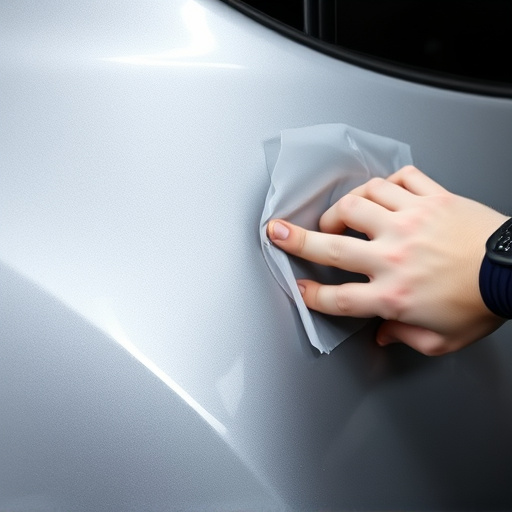
Navigating the appeal process for a denied repair approval is crucial to ensuring your claims are accurately assessed. The first step is to gather all relevant documentation—including estimates, photos, and any evidence supporting your case—and submit your appeal within the specified timeframe. Meeting deadlines is essential, as timely submissions demonstrate your commitment to the process.
Remember that follow-up is key. After submitting your appeal, reach out to the appropriate authority or insurance company to confirm receipt and inquire about the next steps. Staying proactive ensures your voice is heard and increases the chances of a favorable outcome for your car collision repair, car paint repair, or bodywork claims.
Understanding how to appeal a denial in the repair approval process is crucial for ensuring smooth project progression. By thoroughly analyzing the denial reason, gathering compelling evidence, crafting a detailed appeal, and adhering to timely submission guidelines, you can effectively navigate this step. Remember that persistence and clear communication are key throughout the process, ultimately increasing your chances of a positive outcome and facilitating swift repairs.
